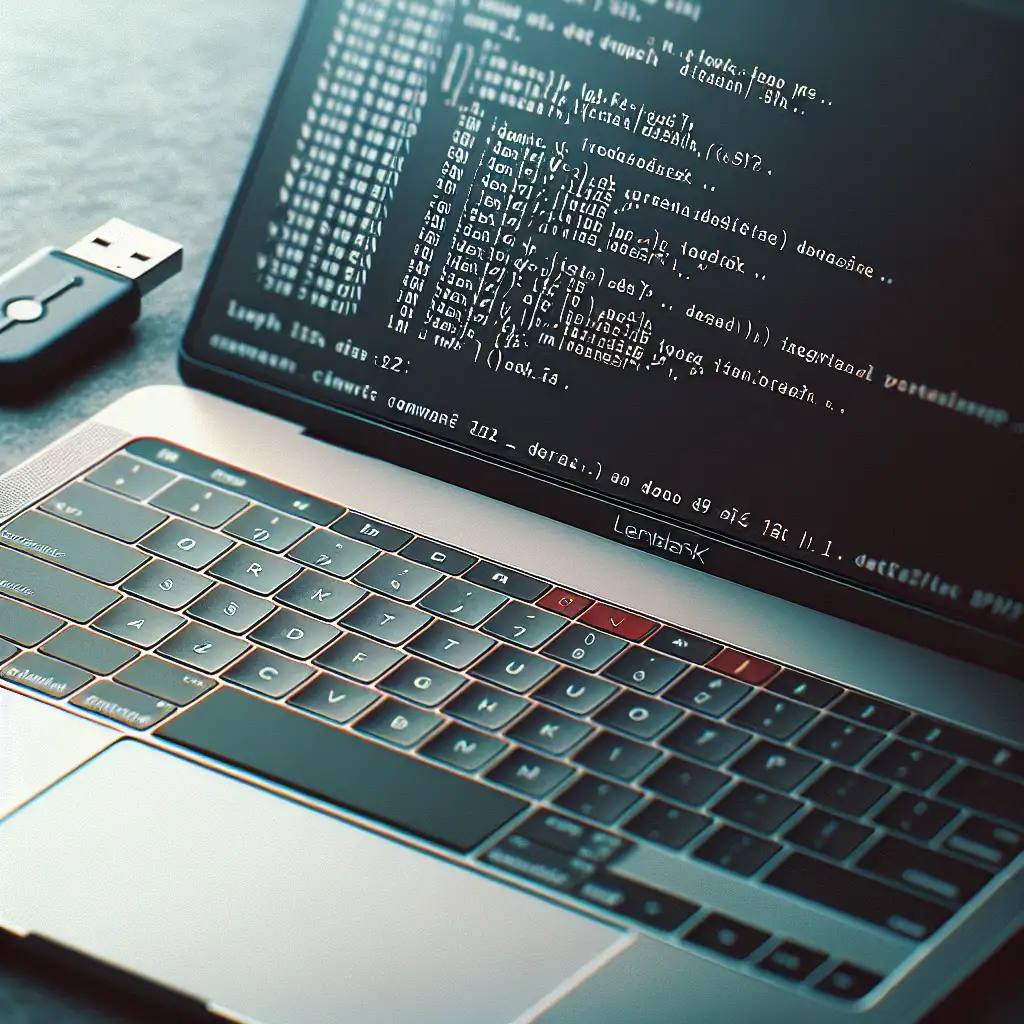Mastering USB Formatting on Linux: A Command-Line Approach Beyond GUI Tools
Formatting USB drives on Linux comes up in automation pipelines, recovery operations, and when prepping devices for cross-platform compatibility. Relying on GUI utilities (e.g., GParted, Disks) is inflexible for headless, remote, or minimal environments. Direct manipulation via command-line utilities offers speed, control, and the capacity to script repeatable workflows.
Below: precise methods for identifying, partitioning, and formatting USB drives using coreutilities like lsblk, fdisk, parted, and mkfs. Example workflows assume a modern Linux (tested on Ubuntu 22.04 LTS, kernel 5.15+).
Device Identification (Critical)
First, prevent data loss: positively identify the target USB device. Mistakes here are destructive.
lsblk -o NAME,MAJ:MIN,RM,SIZE,RO,TYPE,MOUNTPOINT
Sample output:
NAME MAJ:MIN RM SIZE RO TYPE MOUNTPOINT
sda 8:0 0 465.8G 0 disk
├─sda1 8:1 0 500M 0 part /boot
└─sda2 8:2 0 465.3G 0 part /
sdb 8:16 1 14.5G 0 disk
└─sdb1 8:17 1 14.5G 0 part /media/usb1
RM=1 denotes removable media; typically, the newly inserted USB device. Double-check with dmesg | tail -20 after plug-in for kernel logs:
[12345.678901] sd 8:0:0:0: [sdb] 15124992 512-byte logical blocks: (7.75 GB/7.21 GiB)
Note: On multi-disk systems, avoid parallel operations during identification.
Unmount All USB Partitions
Proceed only after confirming the device is not in use. OS automounts /dev/sdb1 to /media/usb1 by default in most desktops. Use:
sudo umount /dev/sdb1
If the device presents multiple partitions:
lsblk /dev/sdb
sudo umount /dev/sdb*
Failure to unmount results in mkfs errors such as:
mkfs.vfat: /dev/sdb1 is mounted; will not make a filesystem here!
Partition Table: Rebuild From Scratch
Interactive vs. scripted approaches each have use cases.
Classic: fdisk (Alert: destructive, not undoable)
sudo fdisk /dev/sdb
Typical sequence:
o– new DOS partition table (GPTwithgif >2TB).n– new partition: typep, partition number1, accept defaults for full-drive usage.t– change type: entercfor W95 FAT32 (LBA).w– write and exit.
Side note: Some newer hardware (e.g., UEFI-only systems) may require GPT. In that case:
- Replace
owithgfor GUID Partition Table (GPT). - Partition type may need to be adjusted (see
partedbelow).
Automated / Scripted: parted
For headless workflows or scripting:
sudo parted /dev/sdb --script -- mklabel msdos mkpart primary fat32 1MiB 100%
mklabel msdos: MS-DOS (MBR) partition table.- For GPT, switch to
mklabel gpt.
Format Partition with the Correct Filesystem
File system should match target workload. The -n flag gives a label, which aids in automounting and diagnostics.
FAT32: Cross-platform, <4GB file limit
sudo mkfs.vfat -F32 -n USBSTICK /dev/sdb1
Note: Use dosfstools >= 4.1 for reliability on >32GB devices, otherwise error:
mkfs.fat: warning - FAT32 selected, but size is under 512MB
exFAT: For drives >32GB or files >4GB (requires exfatprogs on newer distributions)
sudo mkfs.exfat -n USBSTICK /dev/sdb1
If not installed:
sudo apt install exfatprogs
ext4: Native Linux, metadata journaling
sudo mkfs.ext4 -L LINUXDATA /dev/sdb1
Gotcha: Not readable by Windows/macOS natively. Avoid for cross-platform sharing.
Confirm with lsblk -f and Mount Point Test
Verify result and UUID:
lsblk -f /dev/sdb
Sample:
NAME FSTYPE LABEL UUID MOUNTPOINT
sdb
└─sdb1 vfat USBSTICK 6E7A-EF20
Test mounting:
sudo mount /dev/sdb1 /mnt
touch /mnt/testfile
ls /mnt
sudo umount /mnt
Look for write errors; check dmesg for I/O faults (possible with aging flash).
Script It: Bulk Formatting (Advanced Automation)
To wipe and format multiple USB sticks for lab setups:
#!/bin/bash
set -e
DEVICE=$1 # e.g., /dev/sdc; always verify
[ -z "$DEVICE" ] && { echo "Specify device, e.g., /dev/sdc"; exit 1; }
sudo umount ${DEVICE}?* || true
sudo parted $DEVICE --script -- mklabel msdos mkpart primary fat32 1MiB 100%
sleep 1 # Wait for partition table to settle
sudo mkfs.vfat -F32 -n USBLAB ${DEVICE}1
Call as:
chmod +x bulk_format.sh
./bulk_format.sh /dev/sdc
Note: sleep avoids race conditions sometimes triggered by rapid partition table changes.
Non-Obvious Case: Bootable Device Imaging (dd Caveat)
Typical boot media prep:
sudo dd if=./archlinux-2024.04.01-x86_64.iso of=/dev/sdb bs=8M status=progress oflag=sync
Do not format before dd imaging; images overwrite the MBR.
Afterwards, accidental writes via mkfs will destroy the image.
Practical Considerations
- Some USB sticks (especially branded as “secure” or with hardware encryption) may refuse partition table changes; check
dmesgoutput forwrite protecterrors. - Old/cheap USB media often presents as removable but fails after write:
Buffer I/O error on device sdb1, logical block 1234 - For batch provisioning: pre-label with device UUIDs for inventory tracking.
- Udev rules can automate mountpoints post-format.
Formatting via Linux CLI is reliable—once device selection is triple-checked. Filesystem choice has downstream effects: file size limits, cross-OS mounts, and performance. GUI tools merely execute variations of these commands under the hood.
For further automation, integrate these steps into CI/CD post-image scripts when prepping golden master USBs for field deployment.
Note: No single approach is perfect. Alternatives like wipefs, sgdisk, or lsusb might be called for in specialized workflows—not detailed here.
